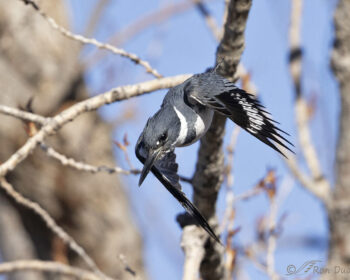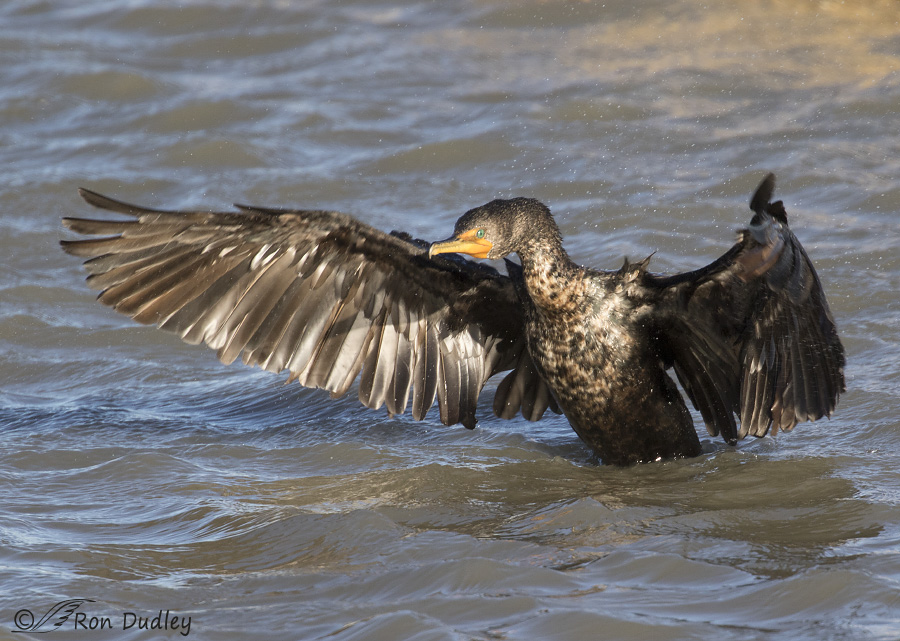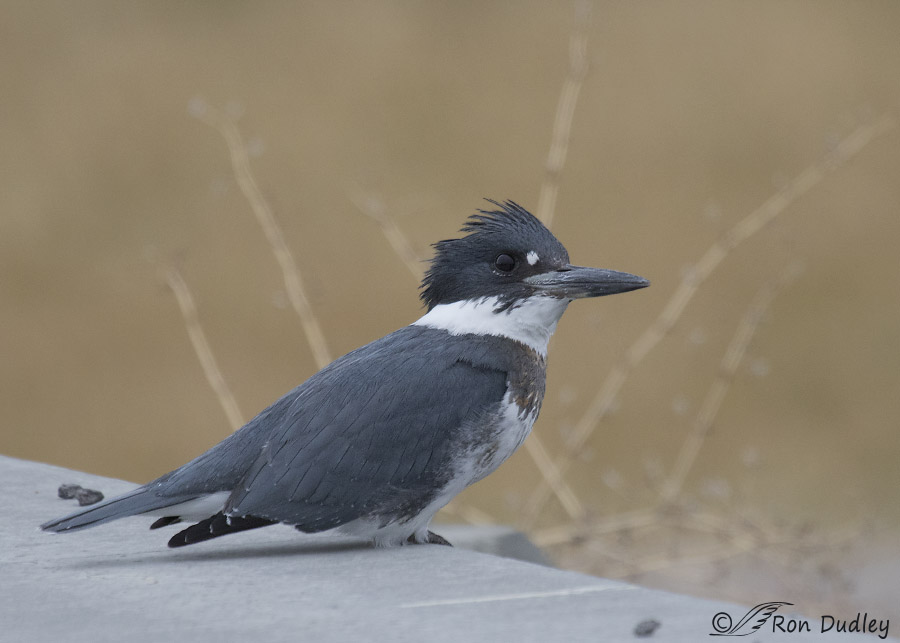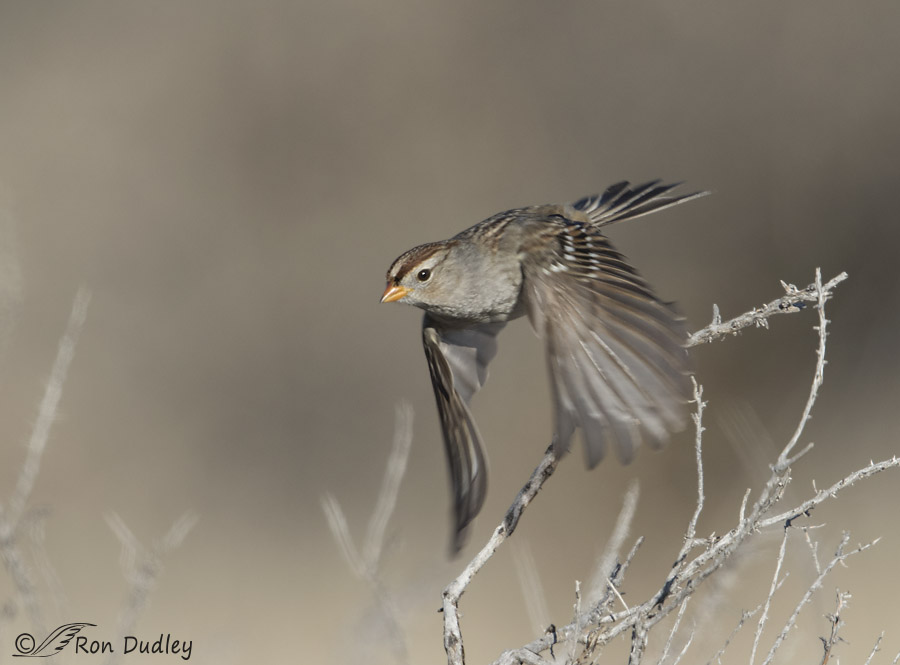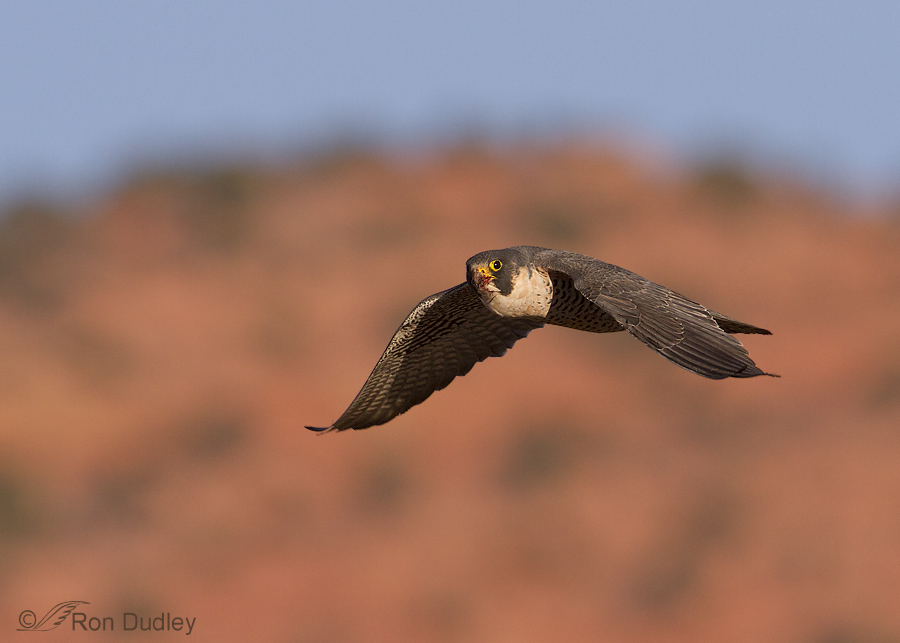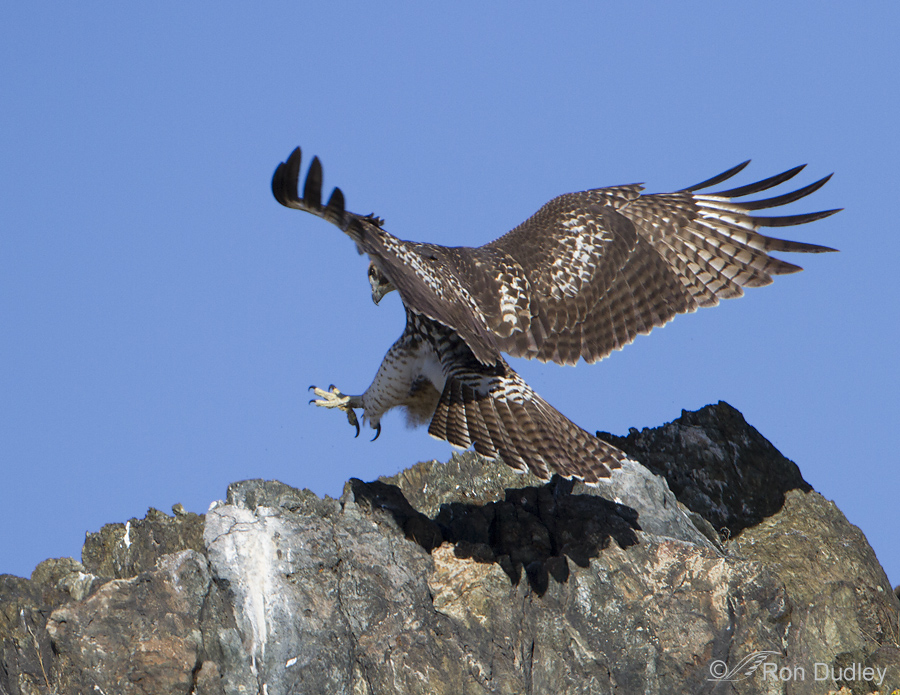Tag: autofocus
Double-crested Cormorant Wing Flap
A Triple Dose Of Serendipity
WC Sparrow In Flight (a shot I’d have missed without the 7D Mark II)
Peregrine Falcon In Flight Against Southern Utah’s Famous Red Rocks
Landing Red-tailed Hawk
Juvenile Red-tailed Hawk
For several days early last month I was able to photograph this juvenile Red-tailed Hawk (and occasionally its apparent sibling) while it was “sit and wait” hunting for voles from elevated rocks on Antelope Island. The first six images I’ve presented here were all taken on the same morning. 1/2000, f/7.1, ISO 400, 500 f/4, 1.4 tc, natural light, not baited, set up or called in Many of these shots were taken during or just after take-off and you’ll notice that the bird was flying to my left in all six images taken that morning. That’s due to the “lay of the land” and the fact that the rocks this bird was hunting from were angled on the side of the mountain in such a way that the hawk was always hunting an area to my left. This is one of the few times the bird took off when it wasn’t after prey. 1/3200, f/6.3, ISO 400, 500 f/4, natural light, not baited, set up or called in When the hawk had spotted prey before it took off it never took its eyes off the quarry as it was going in, so I normally wouldn’t get direct eye contact. This bird was very close when it took off – you’ll notice from my techs that I’d removed my tc and the hawk was still quite large in the frame. 1/2000, f/6.3, ISO 500, 500 f/4, 1.4 tc, natural light, not baited, set up or called in It was somewhat problematic when there were rocks directly behind the…
Red-tailed Hawks of Utah’s West Desert
Red-tailed Hawks are common and widespread throughout most of North America but I typically find them to be wary and difficult subjects to approach and photograph. However we did have some pretty good luck with them a couple of mornings this past week in western Utah. Canon 7D, 1/2000, f/6.3, EV -0.67, ISO 640, 500 f/4, 1.4 tc We found them deep in a canyon of one of the many “island mountain ranges” of Utah’s west desert. There were at least a half-dozen of them hanging out together, many of them juveniles. The lighting at the bottom of the canyon in early morning was often filtered and spotty and the perches were usually dead trees with lots of branches going every which way so the backgrounds and settings were typically busy. This is one of the cleaner shots I got of one on a perch in the canyon bottom. Canon 7D, 1/2000, f/6.3, ISO 640,EV -1.00, 500 f/4 This one chose a juniper perch which would provide a clean background for a takeoff shot so I tried to leave room in front of the bird just in case. I was looking slightly down on the hawk when it launched and I liked the good look at the topside of the bird in this shot but do wish it had been looking more my way. But then I probably wouldn’t have any light on the eye – sometimes you just can’t win… Canon 7D, 1/1250, f/6.3, ISO 640 EV +0.33, 500 f/4 Shooting these hawks in flight was very frustrating! Each morning they would pretty much…


